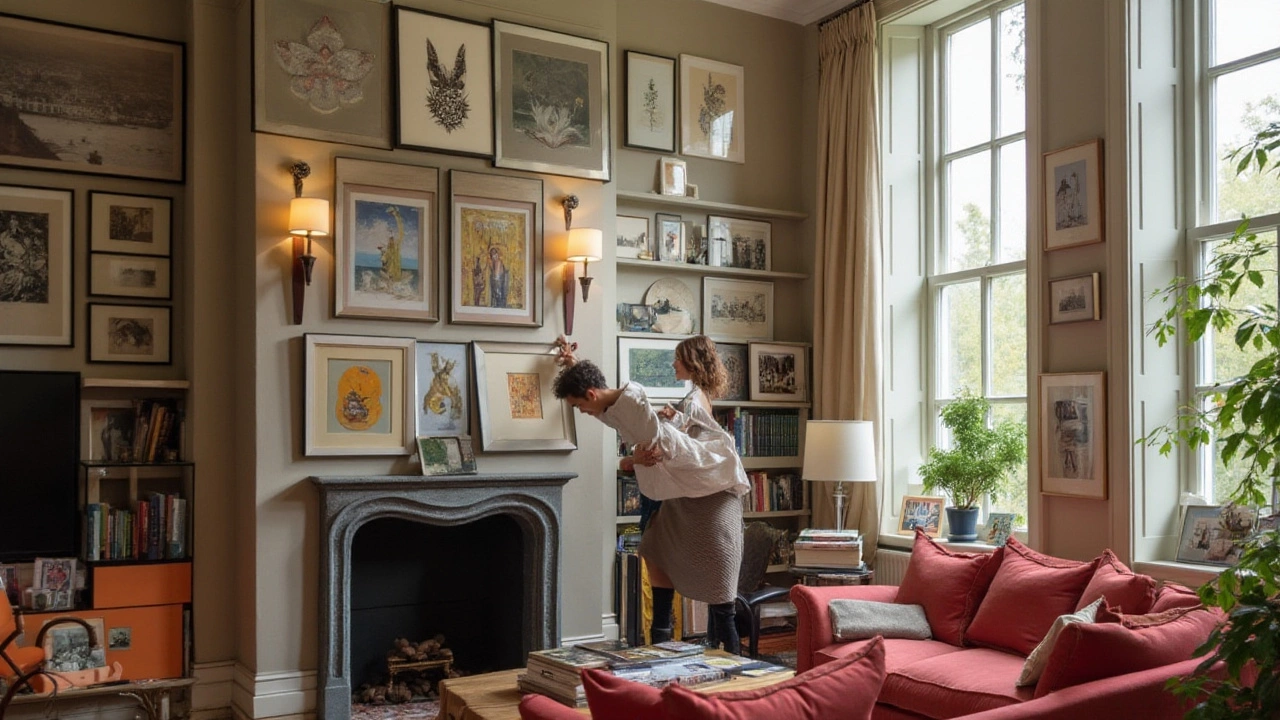Collect Art Without the Guesswork
If you’ve ever walked into a gallery and felt a spark, you’re not alone. Collecting art can feel intimidating, but it doesn’t have to be. The key is to treat each purchase like a small project: know what you want, set a budget, and double‑check the basics before you sign anything.
Getting Started: What You Need to Know
First, decide what kind of art speaks to you. Do you love the bold colors of abstract paintings, the detail of portraiture, or the tactile feel of sculpture? Knowing your preference narrows the search and makes it easier to spot pieces that fit your taste.
Second, set a realistic budget. You don’t need to spend thousands right away. Many collectors start with prints, limited editions, or emerging artists whose work costs a few hundred pounds. The important part is to stay within what you can afford and keep a record of every purchase.
Third, check authenticity. For prints, look for signs of a genuine giclee – a high‑resolution inkjet on archival paper, a certificate of authenticity, and clear publisher info. A quick online search of the artist’s catalogue raisonné can confirm if the edition size matches what you’re buying.
Smart Ways to Grow Your Collection
Once you have a couple of pieces, think about diversification. Mix media (paintings, prints, sculpture) and styles (modern, contemporary, classic) to keep the collection interesting and protect its value. A sculpture made from inexpensive materials like reclaimed wood can add depth without breaking the bank.
Attend local art fairs and university student shows. These venues often showcase fresh talent at lower prices, and you can meet the artist directly. Building a relationship can lead to future discounts or first‑look access to new work.
Keep documentation tidy. Store certificates, receipts, and condition reports in a folder – digital copies work fine. Good records make resale easier if you ever decide to sell a piece.
Finally, think about display. A simple, well‑lit wall can showcase a portrait, while a sturdy shelf or pedestal is better for sculpture. Proper framing and UV‑filtering glass protect paintings from fading, preserving both beauty and value.
Collecting art is a personal journey, not a race. Start small, stay curious, and let your taste guide you. Before long you’ll have a curated space that reflects who you are and sparks conversation every time a guest walks in.

17 Jan 2025
Starting an art print collection involves understanding your personal taste, setting a budget, and exploring different sources for obtaining prints. With the right approach, collecting art prints can be an enriching experience, offering endless possibilities to reflect your personality and enhance your living space. Whether you're interested in contemporary or vintage prints, learning about reputable galleries and online platforms is essential. Additionally, becoming familiar with artists and art styles will enable you to make more informed decisions. Don't forget to consider the practical aspects, such as framing and displaying your collection.
Continue reading...
